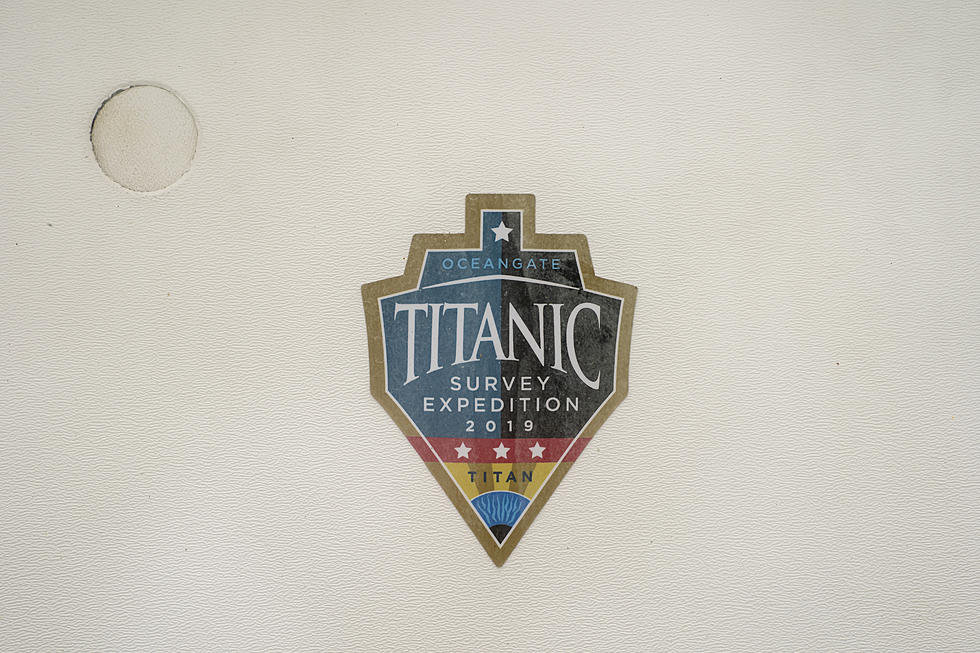![Tsunami Damage Has Been Reported From The Solomon Islands [VIDEO]](http://townsquare.media/site/40/files/2013/02/140918275.jpg?w=980&q=75)
Tsunami Damage Has Been Reported From The Solomon Islands [VIDEO]
Rescue crews in the Solomon Islands are trying to reach remote villages, hit by five foot waves following a magnitude 8.0 earthquake near the Santa Cruz Islands. There have been reports of deaths and severe property damage. Australian Prime Minister Julia Gillard has offered the countries assistance. Sirens were heard in Fiji, locals said. So, just how does a tsunami work?
The most common causes of tsunamis are underwater earthquakes. A tsunami is not a single wave, but a series of waves. It's like when a boat comes into port too fast and then the other boats start rocking. It's a rippling effect much like from a stone being dropped in a pond. During a tsunami each wave can last five to 15 minutes, and the danger can last for hours after the initial wave arrives.
"Tsunami waves heights cannot be predicted and the first wave may not be the largest,"
according to NOAA statement.
To find out more, watch this video.
More From Lite 98.7
![8.0 Earthquake Strikes Off Coast of Chile – Tsunami Alert [VIDEO]](http://townsquare.media/site/40/files/2014/04/97536620.jpg?w=980&q=75)
![New Japan Tsunami Footage Posted to YouTube [VIDEO]](http://townsquare.media/site/40/files/2011/03/hqdefault31.jpg?w=980&q=75)







